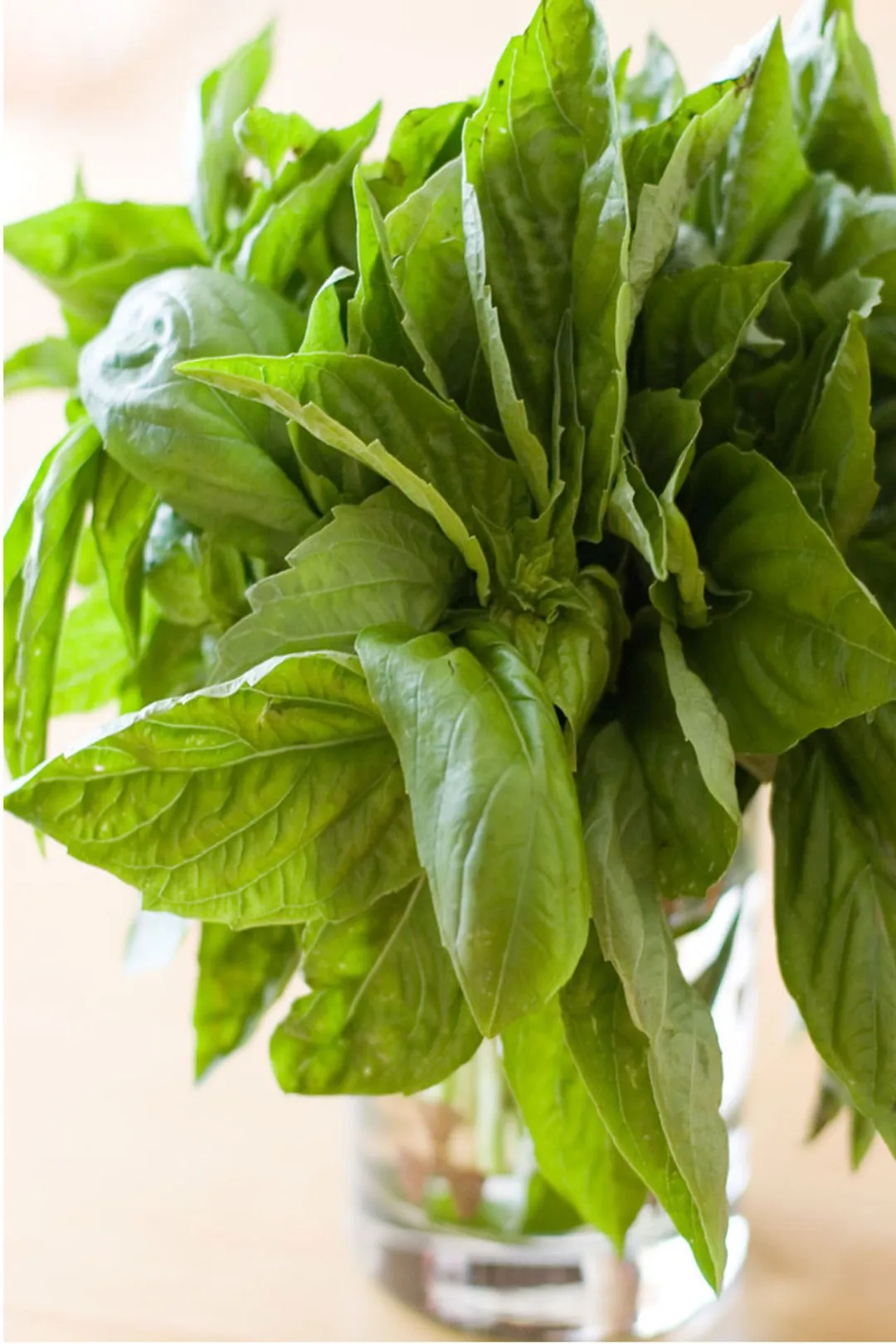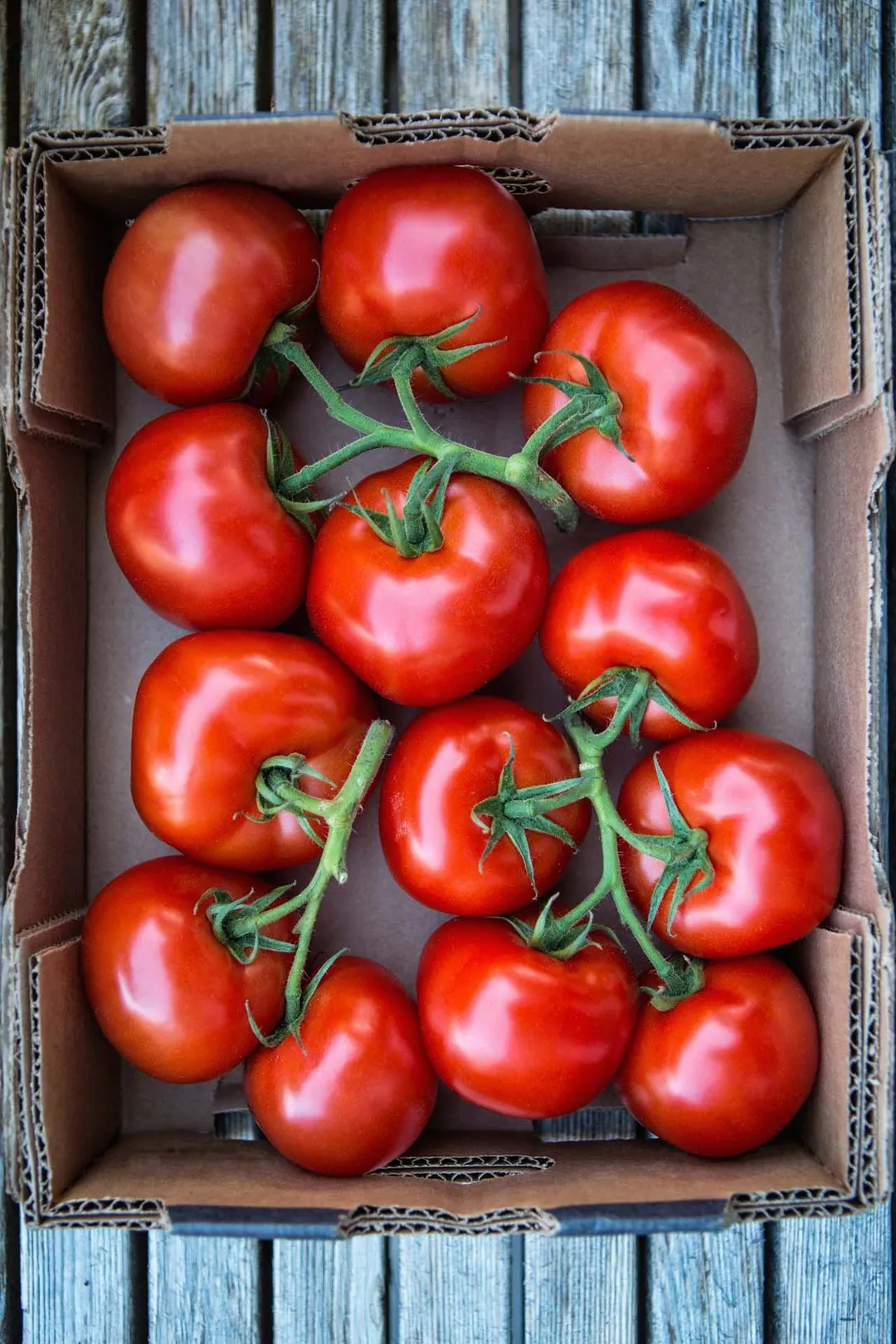Every cook should know how to store fresh basil and be able to keep a ready supply of it in the kitchen. Basil is one of the most versatile herbs you can find. It can be used with a wide range of recipes and its signature summer-like aroma and flavor will liven up any dish.
But there’s one problem: basil doesn’t stay fresh for very long. The leaves can go from looking bright and lively to wilted and near-dead in only a couple of days.
Here are a few tricks you can use to keep your basil fresh for weeks at a time. If you want to go the extra mile, there’s even a method that can keep it usable for months afterwards.
The Best Ways to Store
The best method is to preserve your basil the same way as you would a flower. In other words, place the basil in a water-filled jar with a plastic bag draped over the top. Then, leave the jar on the countertop at room temperature (68-72°F).
Although the idea of storing basil in the fridge has gained popularity, it’s usually frowned upon by most cooks.
Basil is a tropical herb that’s attuned to warm temperatures, and when it’s chilled inside a fridge, the plant can suffer from cold injuries. When its cells are cold-damaged, oxidation can set in, causing the basil leaves to turn black.
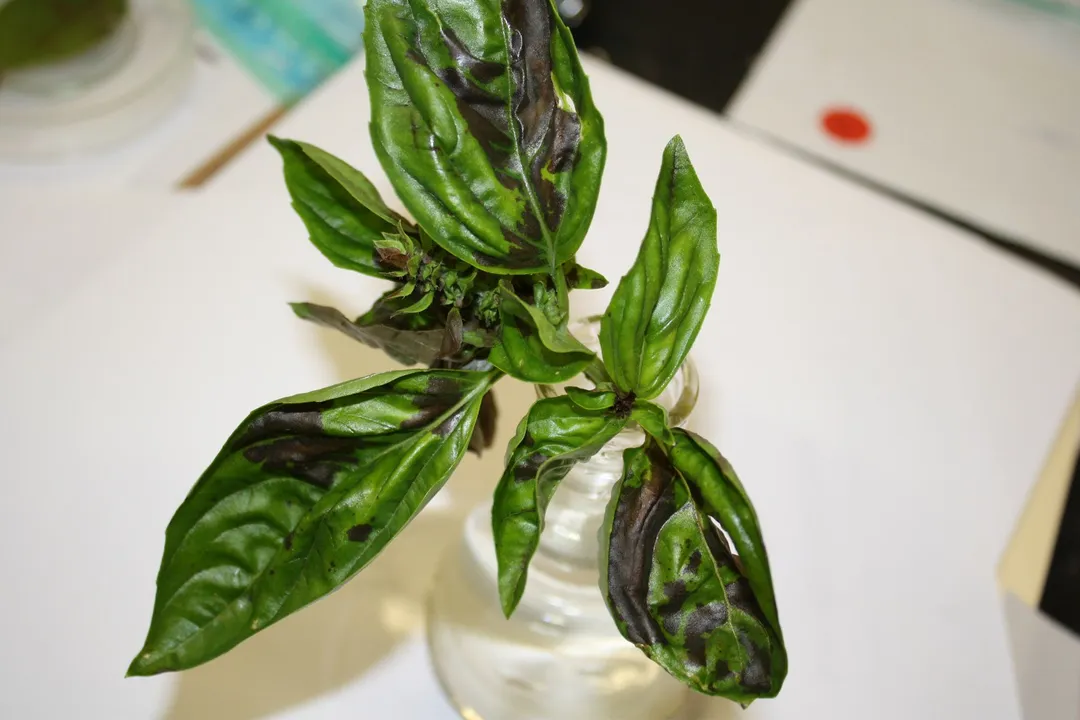
But that doesn’t mean storage in the fridge is entirely out of the question. If you store the basil in olive oil, the herb can last for quite some time in the fridge. An entire year, to be exact.
An alternative to the fridge would be the freezer. Despite not taking well to storage in the fridge, basil can freeze pretty well. When done correctly, you can easily preserve basil for a year or more in the freezer.
How to Store: The Best Storage Techniques You Can Use
1. Using the Flower Bouquet Method
Trim the ends of the stems prior to placing them in the jar. Doing this has two benefits. First, you can cut them so that all of the stems will fit together in the jar. Second, it will increase water absorption rate, thus keeping the basil alive for longer.
Cover the top of the jar with a plastic bag to trap moisture inside of the jar. This will prevent the basil from wilting.
Avoid putting the plastic bag on too tightly. The basil must be allowed to breathe or it will decay even faster.
Like mentioned earlier, this method will keep the basil fresh for approximately a week.
Unfortunately, because the plastic bag is rather unsightly, the basil bouquet won’t make for a very good decorative piece.
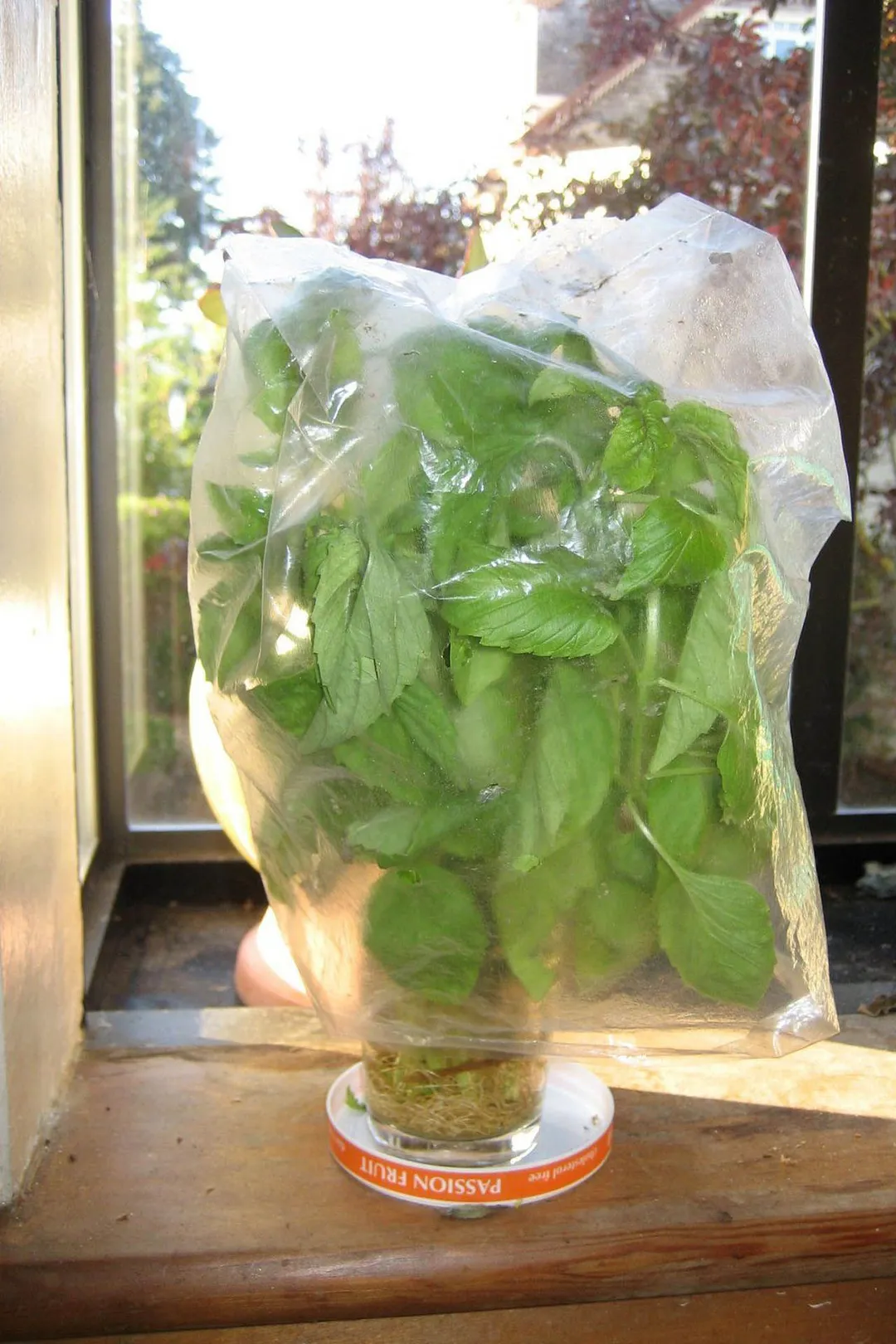
2. How to Store Fresh Basil Leaves in the Fridge
For this method, you will be storing fresh basil leaves in a preservative solution of salted olive oil. The olive oil will protect the sensitive leaves from being damaged by the fridge’s cold temperature. It will also protect the leaves from spoilage, mold, and bacterial infections.
The first thing you will need is a large glass lidded jar. The size of the jar will depend on how much basil leaves you plan to store.
Once you have the jar ready, cover the bottom of the jar in a layer of Kosher salt. Place a single layer of basil leaves on top of the salt layer. Then, add just enough olive oil to submerge the basil.
Repeat the process (add a layer of salt, then a layer of basil, and then olive oil). Do this until you run out of basil or the jar is completely full.
Before putting the jar into the fridge, make sure that you stick a label onto it with the name and the date. The label will make it easier for you to keep track of the expiry date.
The basil inside will remain usable for up to a year.
3. How to Store Fresh Cut Basil in the Freezer
Storing in the freezer is a good alternative to the one mentioned above. Your basil will last just as long (around a year).
The advantage to this method is that it requires far less olive oil. Depending on where you’re from, olive oil can be pretty expensive and the previous method uses a lot of it. This one will be more economical in comparison.
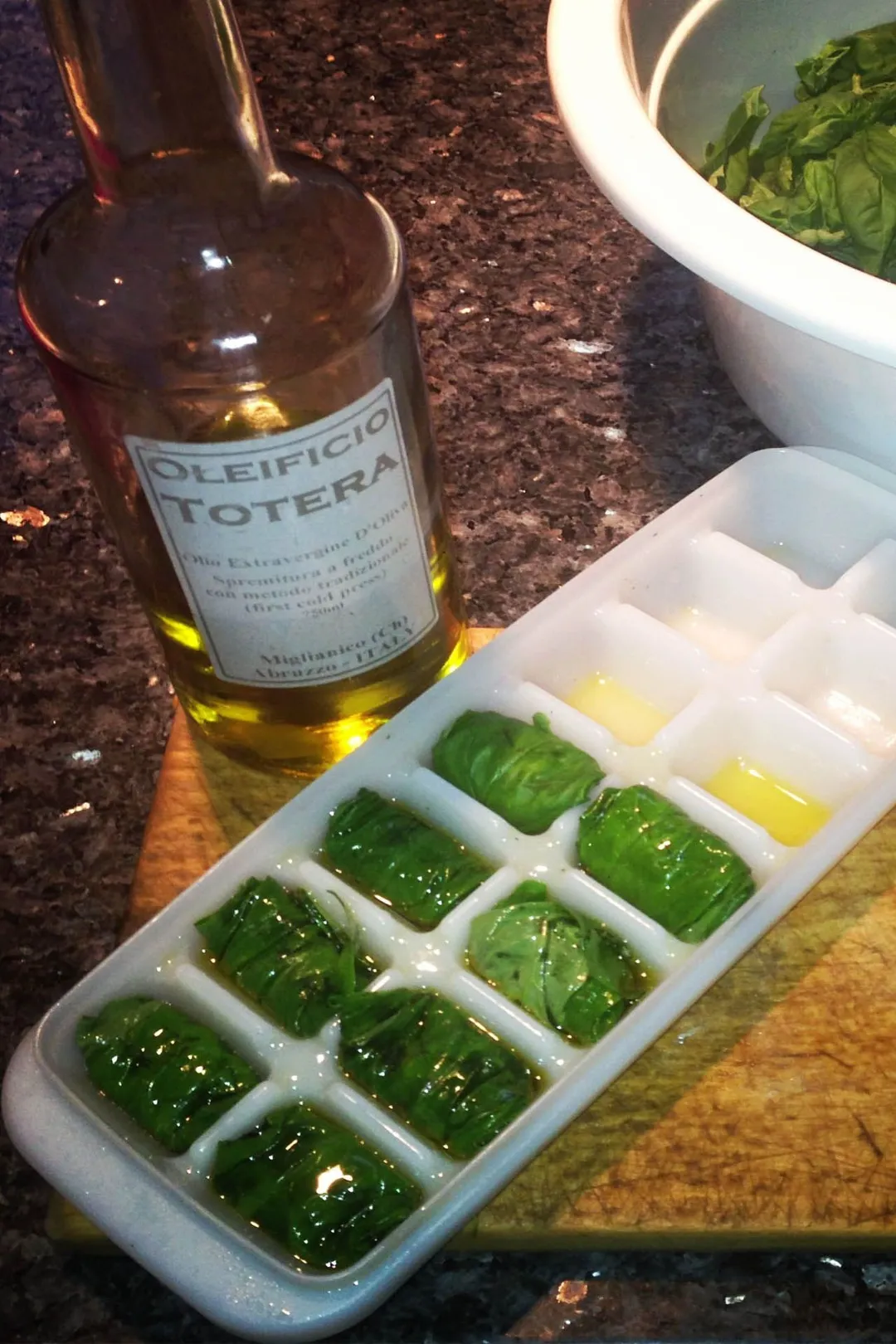
Grind up your basil leaves and put the shredded pieces into the slots of an empty ice tray.
Pour just enough olive oil to submerge the basil leaves within.
When finished, put the tray into the freezer and allow the basil to freeze overnight. Check on the basil ice cubes the day after. If they have frozen nicely, remove the cubes from the tray.
Place the cubes into freezer-safe resealable plastic bags. Label the front of the ice tray with a name and the freezing date.
So, how do you use the cubes?
Of course, the basil ice cubes cannot be eaten fresh. Instead, use the basil to add aroma and flavoring to hot dishes such as soups. Add the ice cubes to the soup bowl and allow them to melt and release the basil and olive oil, bringing extra flavor to the soup.
Basil ice cubes can also be incorporated like this into sauces.
Safety
Never store the basil ice cubes in the fridge. Do not leave the basil cubes at room temperature for more than 2 or 3 hours, either.
In other words, do not remove the cubes from the freezer unless you intend to use them immediately.
This is very important because the oily mixture can be fertile ground for Clostridium botulinum to thrive. It causes a deadly condition called botulism. The quicker you use up the basil cubes after it’s been taken out of storage, the better.
Conclusion
Basil is a fairly sensitive herb, so learning how to store fresh basil can be quite challenging. However, the unique taste it can bring to your recipes with just a leaf or two will be well worth it!
Tuyet Pham
Head Chef, Culinary ConsultantLuna Regina
Writer, Author